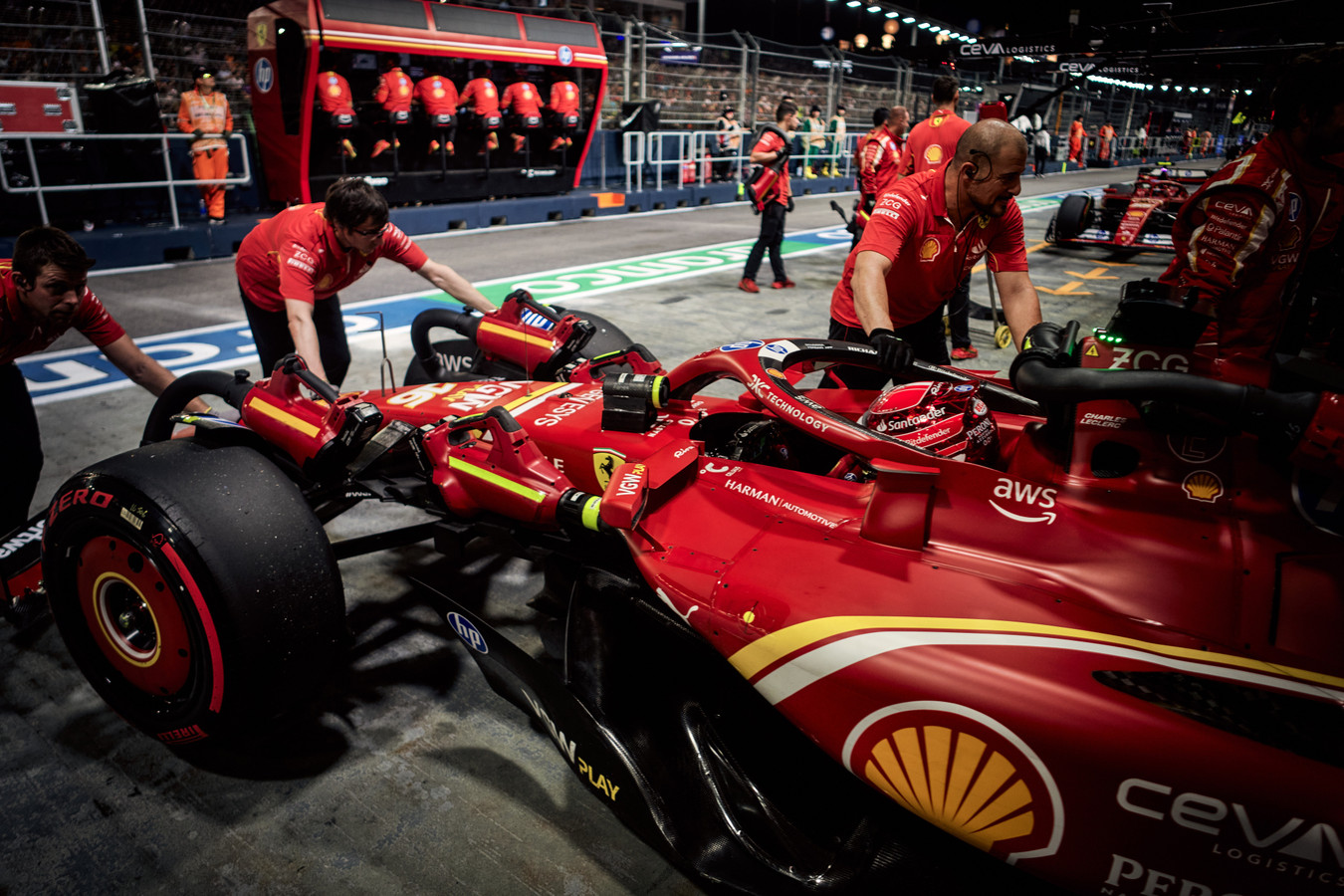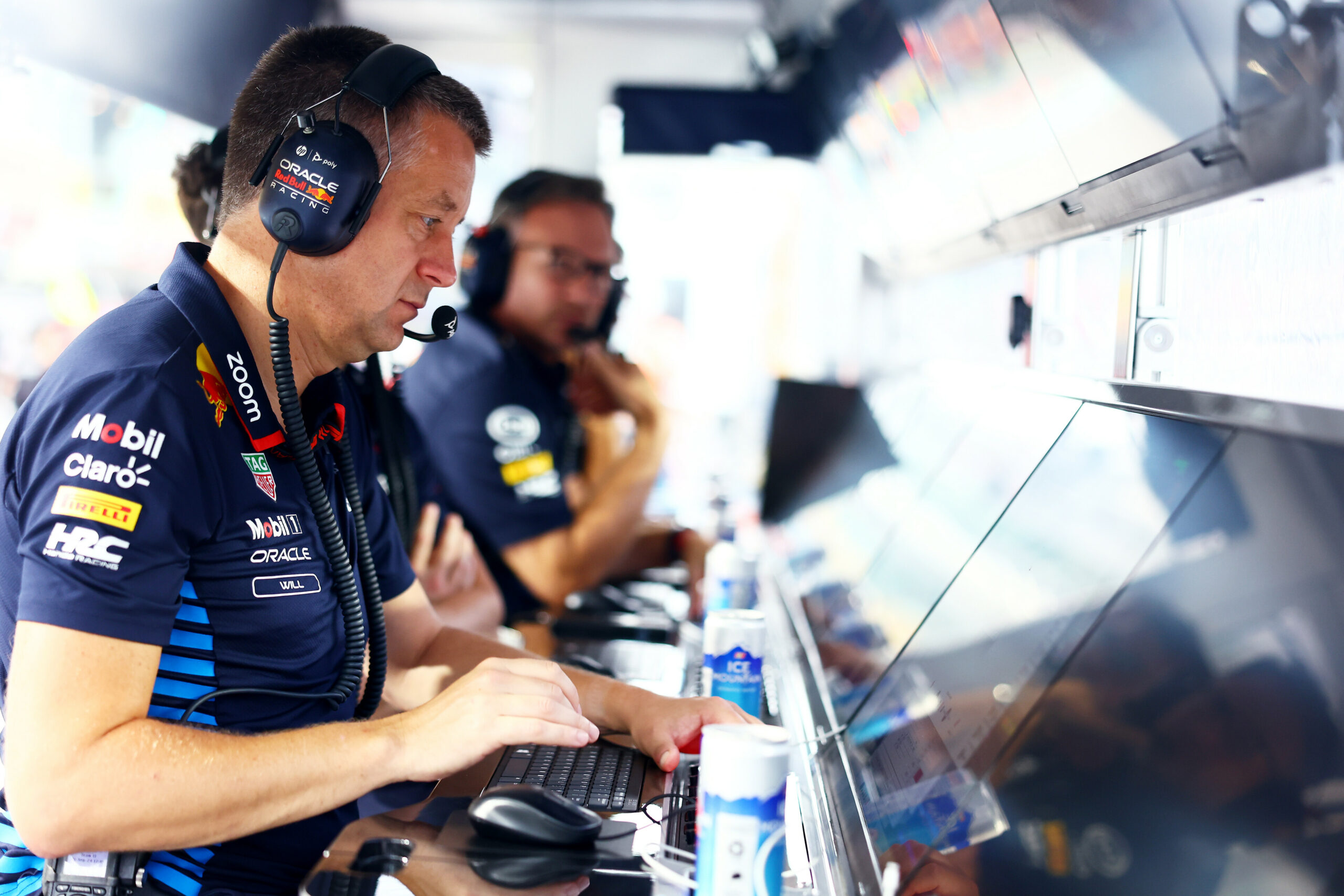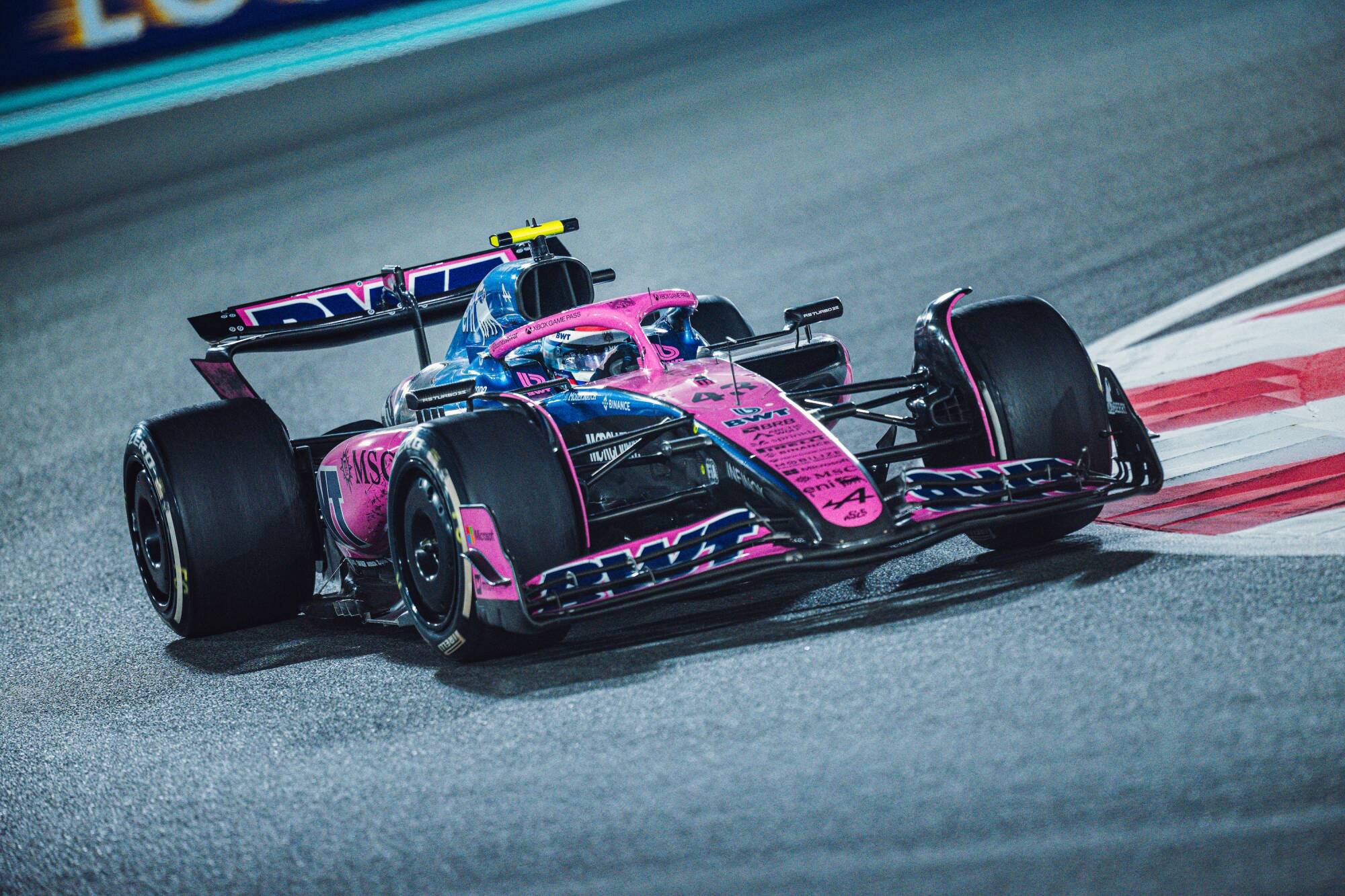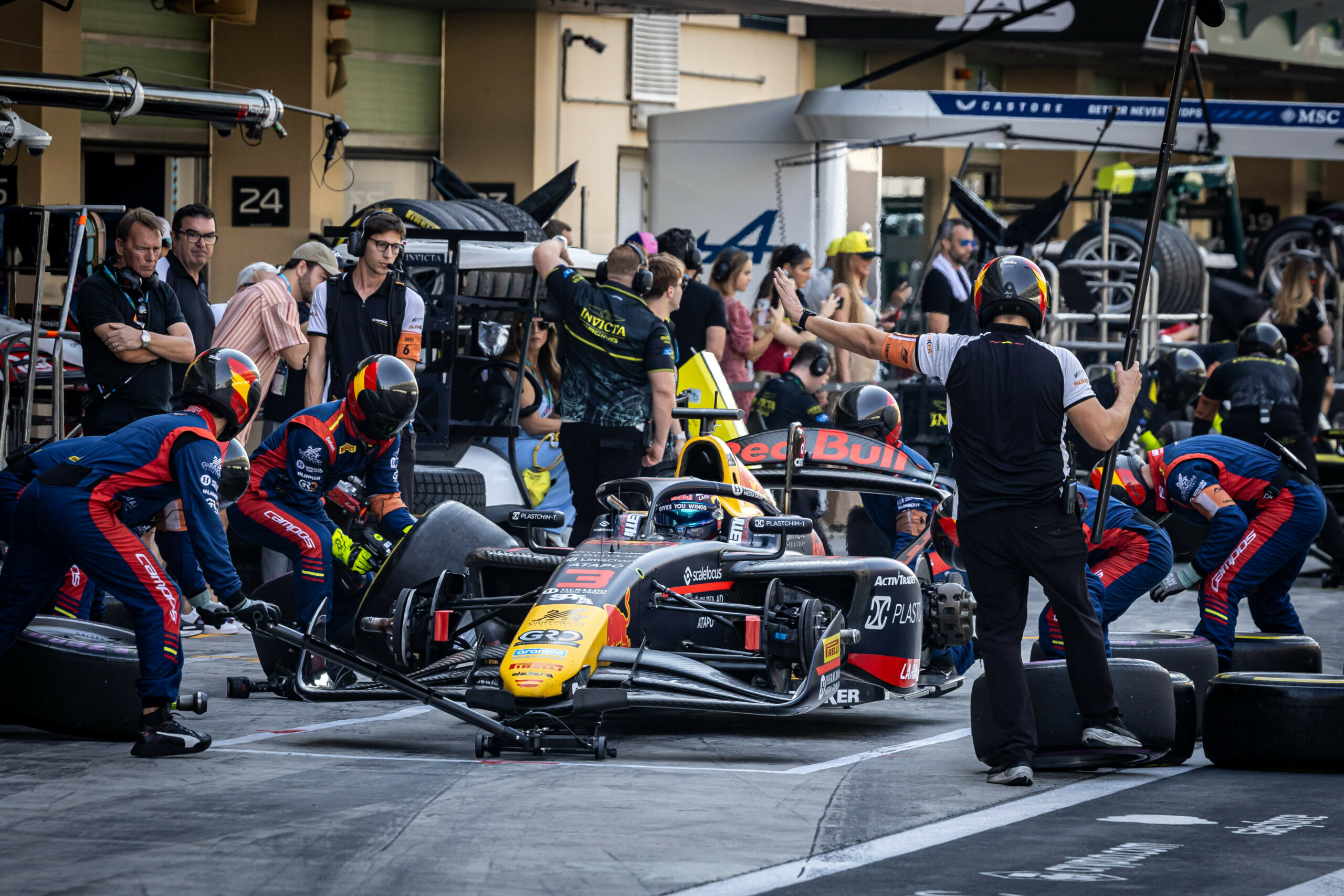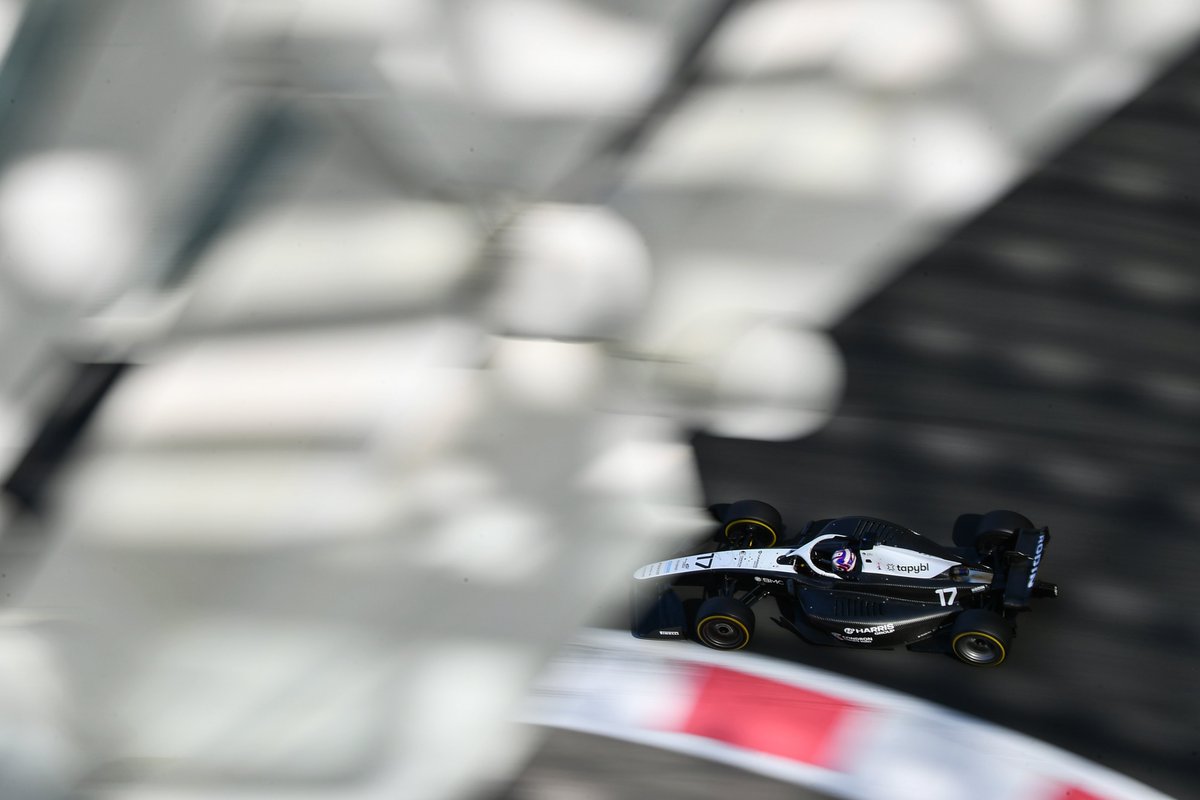After introducing a floor upgrade at the Spanish Grand Prix, Ferrari expected performance improvements following the earlier iteration tested during May’s Imola race. However, this change led to bouncing in high-speed corners at the Barcelona circuit. As a result, the team reverted to the previous floor specification for Silverstone and modified the underbody geometry ahead of the Hungarian Grand Prix.
Discussing how Ferrari identified the problem, senior performance engineer Jock Clear emphasised the importance of investigating the discrepancy between the car’s performance in the wind tunnel and on the track.
“You’re never fully confident – but I think it’s a good picture of how the ebb and flow of everybody’s development goes,” the British engineer said.
Clear highlighted that while the team didn’t believe they had completely lost their way after Spain, it was clear that there was an inconsistency between the wind tunnel results and what they observed on track.
“There was some anomaly between what was happening in the tunnel and what we were seeing on track, and we had to get on top of that,” Clear explained.
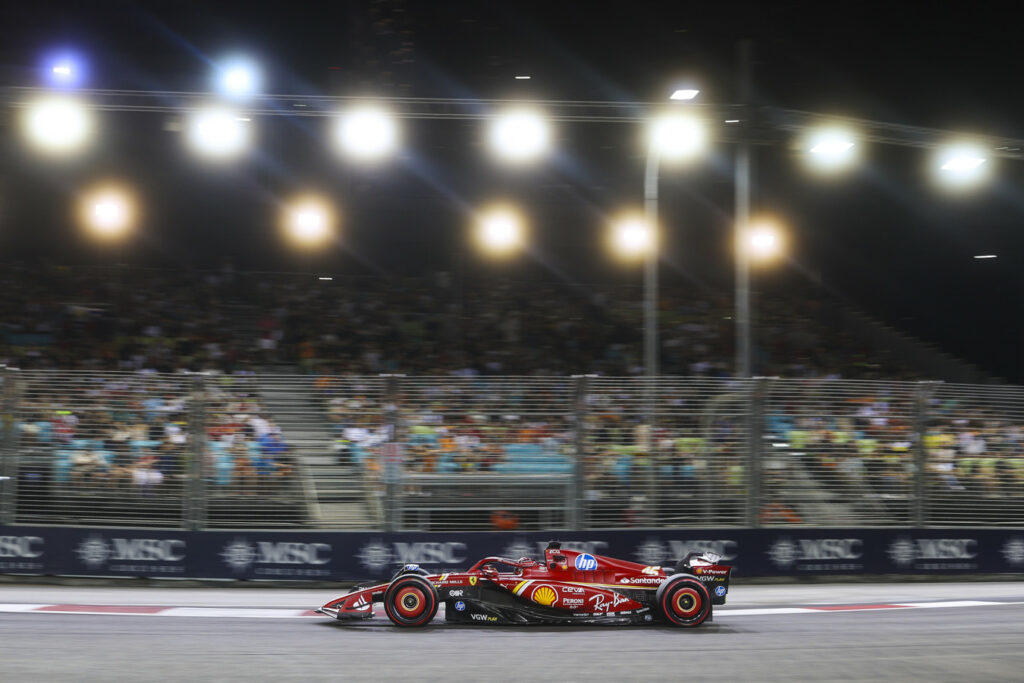
He stressed the importance of understanding and resolving such issues, saying, “That’s just the process; when you see an anomaly, you have to get on top of it, try and understand it, and then get back on track.” Clear expressed confidence that the team had addressed the problem but also warned that future challenges were inevitable: “There will be another one because that is the process at the moment.”
“So it’s not that sometimes the development works, sometimes these developments don’t work: the development process is exactly that you are testing something new every week. We’re confident that our process is working, confident that we’re on top of everything. We’ll just wait for the next banana skin.”
The senior engineer also discussed the difficulties in developing the floor geometry under the current regulations. He explained that the wind tunnel’s accuracy diminishes when measuring the car under dynamic conditions. “I think ever since we brought these ground-effect cars back, it’s presented challenges,” he noted.
“As soon as you get into what’s happening over a kerb, what’s happening when you’re bouncing, the tunnel can’t do that.”
While the wind tunnel can simulate bouncing, the data produced can often be overwhelming and difficult to interpret. However, Clear reminded that despite the messy data, “the driver has to drive it.”
Ferrari’s engineer further highlighted the difficulty in achieving perfect correlation between wind tunnel and on-track performance. “There’s a certain level of correlation between the tunnel and the track, that it’s difficult that you’re ever going to get 100% fidelity. You’re always going to have these anomalies.
“When it gets to zero, you lose all your downforce, and when it comes back up to five millimetres, you get loads of downforce, and you get into this really peaky area on the floor. And everybody’s challenged with that all the time.”

